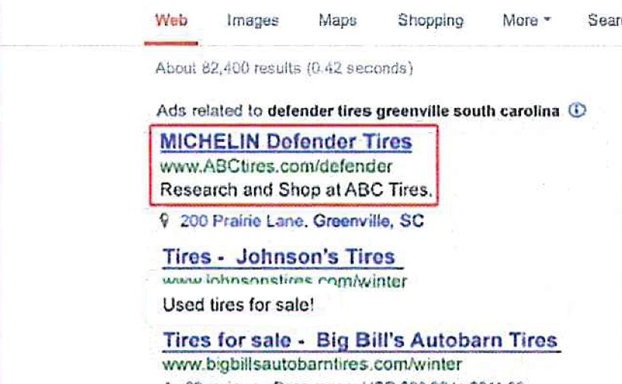The amount of co-op advertising funds that go unused each year is substantial – $14 billion according to a recent Borrell Associates study. In addition, most co-op funds are being spent on traditional media despite a growing number of digital programs (search, email, display, etc.).
So why is there such a lack of co-op advertising participation, particularly with digital media? Based on conversations I have had with sales teams in the space, the problem is confusion around the basics of co-op. What follows is an attempt to bring some clarity to the space, starting with a definition of co-op advertising:
Co–op advertising refers to an agreement between a manufacturer and a retailer to share advertising costs, while at the same time creating brand name awareness.
A manufacturer (of brand name products), will create a co-op program for use by dealers, retailers or agents. They take the time to put together program guidelines, and in many cases artwork, so that their reseller channel uses consistent messaging when advertising.
The programs are funded by accrual programs where a manufacturer determines what percentage they will pay into their dealers/retailers/agents accrual fund and in many cases that amount is in the 2-5% range. There is only one fund per dealer/retailer/agent.
It is up to that business to determine how to spend their accrued amount. If they have $5000 in their account, the business may decide to use $1000 for a magazine ad, $2000 for a search campaign and $2000 on a radio spot. It is truly up to the dealer/retailer/agent where their “money” is spent. Hopefully, they have researched which media type(s) works best for them and utilize it accordingly.
The biggest misconception of all is about co-op “money.” It seems that publishers and agencies may think that there is money that they can get their hands on when in reality, if there is money it belongs to the dealer/retailer/agent.
First and foremost, whatever ad package, product or item you are selling to these businesses must be paid to you in full. It does not matter if the dealer/retailer/agent is “entitled” to anywhere from a 50% to 100% reimbursement – the publisher or agency always gets paid in full for the advertising. It is up to the dealer/retailer/agent to collect their reimbursement. An even bigger surprise to some people is that often money never changes hands.
This is just an introduction into how co-op advertising works. I’ll “get in the weeds” in future posts. If you’re interested in learning how LSA supports the industry in utilization of co-op funds, click here.





2 Responses
Hi, I need clarity with the way a co-op policy has been written. “The company will pay up to 50% of qualifying ads, not to exceed total accrued advertising allowances.” Does this mean if you have an advertising allowance of say $5,000 in total based on net purchases, the supplier or company will pay 50% of this or that they will match the $5,000?
Thanks for your help
It means they will match the 50%. If the dealer earned $5000.00 in co-op funds based on their purchases they can buy a $10,000 ad campaign and can get back the $5000 (or that 50%) that they earned. If they bought a $7500 campaign they can get 50%, or $3750.00 paid back to them and since they have $5000 in earned co-op money that would leave them with a balance of $1250.00 to use for future advertising. I hope this helps!